Advancements in Industrial Automation
The Turbomolecular Pump Market is positively impacted by advancements in industrial automation, which are transforming manufacturing processes across various sectors. As industries adopt automated systems for efficiency and precision, the need for reliable vacuum systems becomes critical. Turbomolecular pumps are essential in automated processes, particularly in sectors such as food packaging, pharmaceuticals, and electronics. The industrial automation market is expected to reach 300 billion USD by 2025, indicating a robust growth trajectory. This trend suggests that the Turbomolecular Pump Market will likely see increased demand as manufacturers seek to integrate advanced vacuum solutions into their automated systems, enhancing productivity and operational efficiency.
Increased Focus on Cleanroom Environments
The Turbomolecular Pump Market is significantly influenced by the growing emphasis on cleanroom environments across various sectors, including pharmaceuticals, biotechnology, and electronics. Cleanrooms require stringent control of particulate contamination, necessitating the use of high-quality vacuum systems. Turbomolecular pumps are integral to maintaining the necessary vacuum levels in cleanroom applications, ensuring that processes remain uncontaminated. As the pharmaceutical market is projected to reach 1.5 trillion USD by 2025, the demand for cleanroom technology is expected to rise correspondingly. This trend indicates that the Turbomolecular Pump Market will likely experience increased demand as companies invest in advanced vacuum solutions to comply with regulatory standards and enhance product quality.
Emerging Applications in Space Exploration
The Turbomolecular Pump Market is witnessing growth due to emerging applications in space exploration and satellite technology. As space agencies and private companies invest in new technologies for space missions, the need for reliable vacuum systems becomes paramount. Turbomolecular pumps are utilized in various applications, including satellite propulsion systems and vacuum chambers for testing spacecraft components. The space industry is projected to grow to over 500 billion USD by 2025, driven by advancements in satellite technology and exploration missions. This growth suggests that the Turbomolecular Pump Market will benefit from increased demand for high-performance vacuum solutions tailored to the unique challenges of space applications.
Rising Demand in Semiconductor Manufacturing
The Turbomolecular Pump Market experiences a notable surge in demand driven by the semiconductor manufacturing sector. As the industry continues to expand, the need for high-vacuum systems becomes increasingly critical. Turbomolecular pumps are essential for creating the ultra-high vacuum environments required for processes such as chemical vapor deposition and etching. In 2025, the semiconductor market is projected to reach a valuation of approximately 600 billion USD, indicating a robust growth trajectory. This growth directly correlates with the increasing adoption of turbomolecular pumps, which are favored for their efficiency and reliability in maintaining vacuum conditions. Consequently, the Turbomolecular Pump Market is likely to benefit significantly from this trend, as manufacturers seek advanced pumping solutions to meet the stringent requirements of semiconductor fabrication.
Growth in Research and Development Activities
The Turbomolecular Pump Market is poised for growth due to the escalating research and development activities across various scientific fields. Institutions and laboratories are increasingly investing in advanced equipment to facilitate cutting-edge research, particularly in physics, chemistry, and materials science. The demand for high-performance turbomolecular pumps is expected to rise as researchers require precise vacuum conditions for experiments and analyses. In 2025, the global R&D expenditure is anticipated to exceed 2 trillion USD, reflecting a commitment to innovation and technological advancement. This trend suggests that the Turbomolecular Pump Market will see heightened interest from research institutions seeking reliable and efficient vacuum solutions to support their experimental needs.


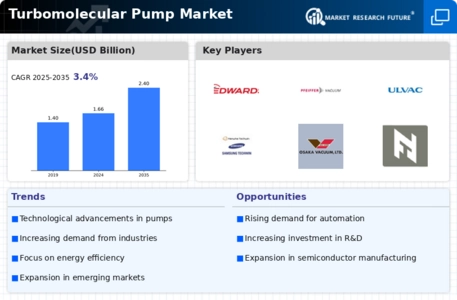
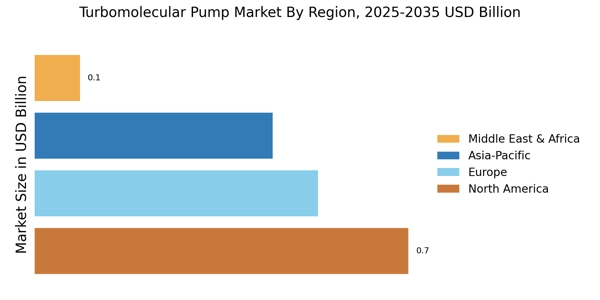



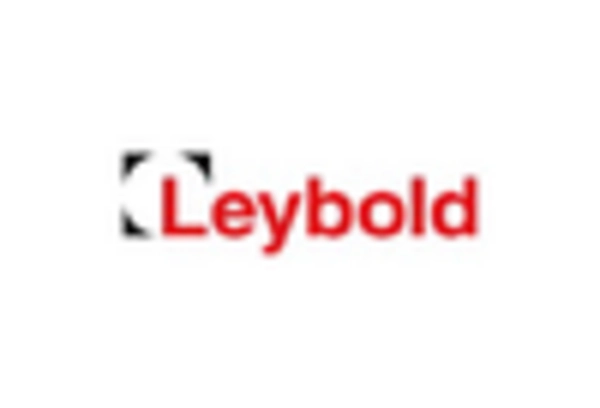
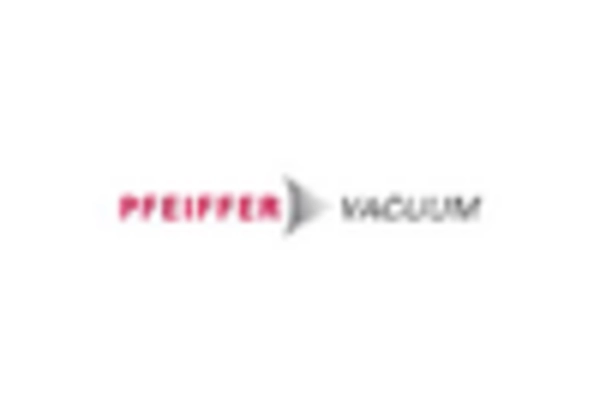
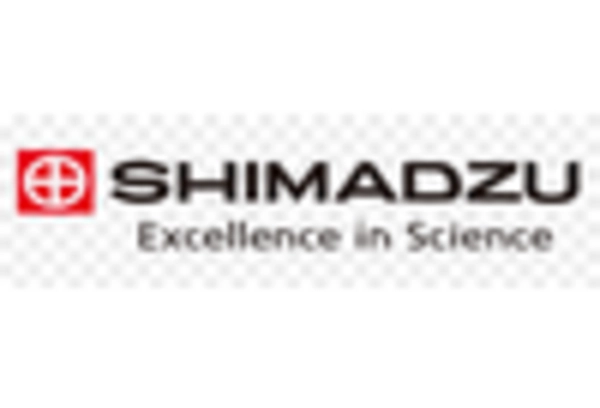








Leave a Comment